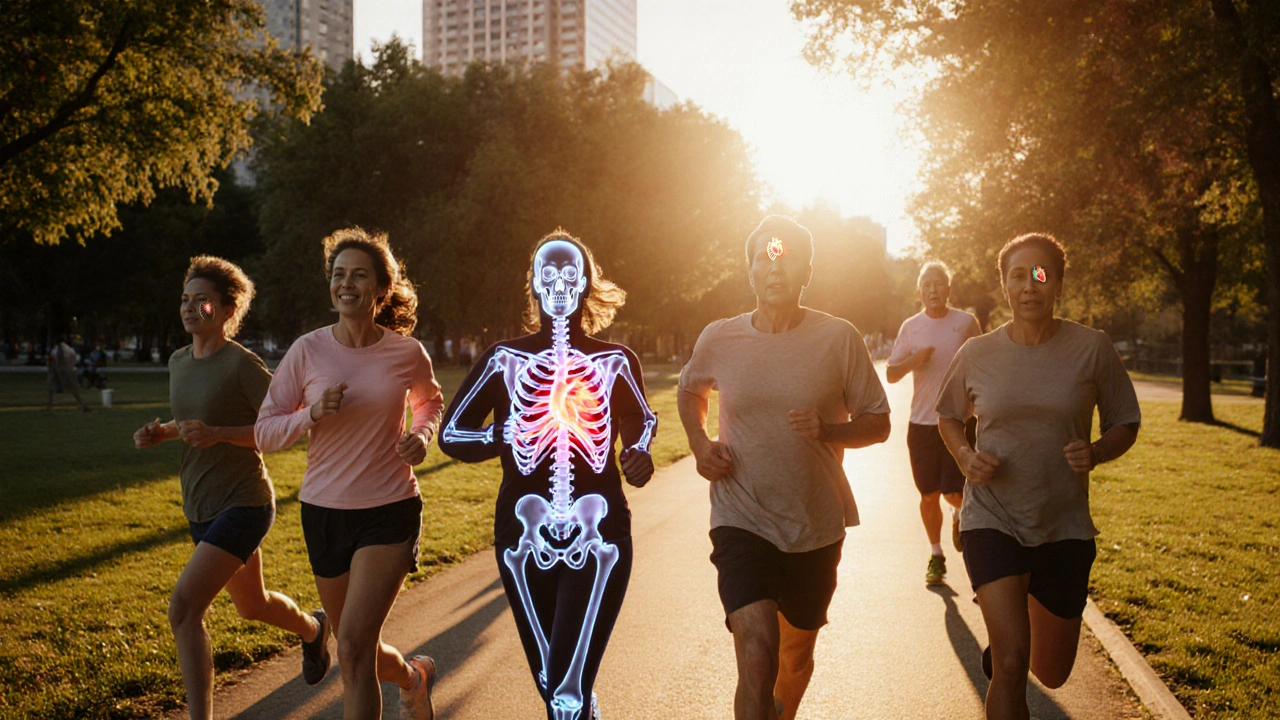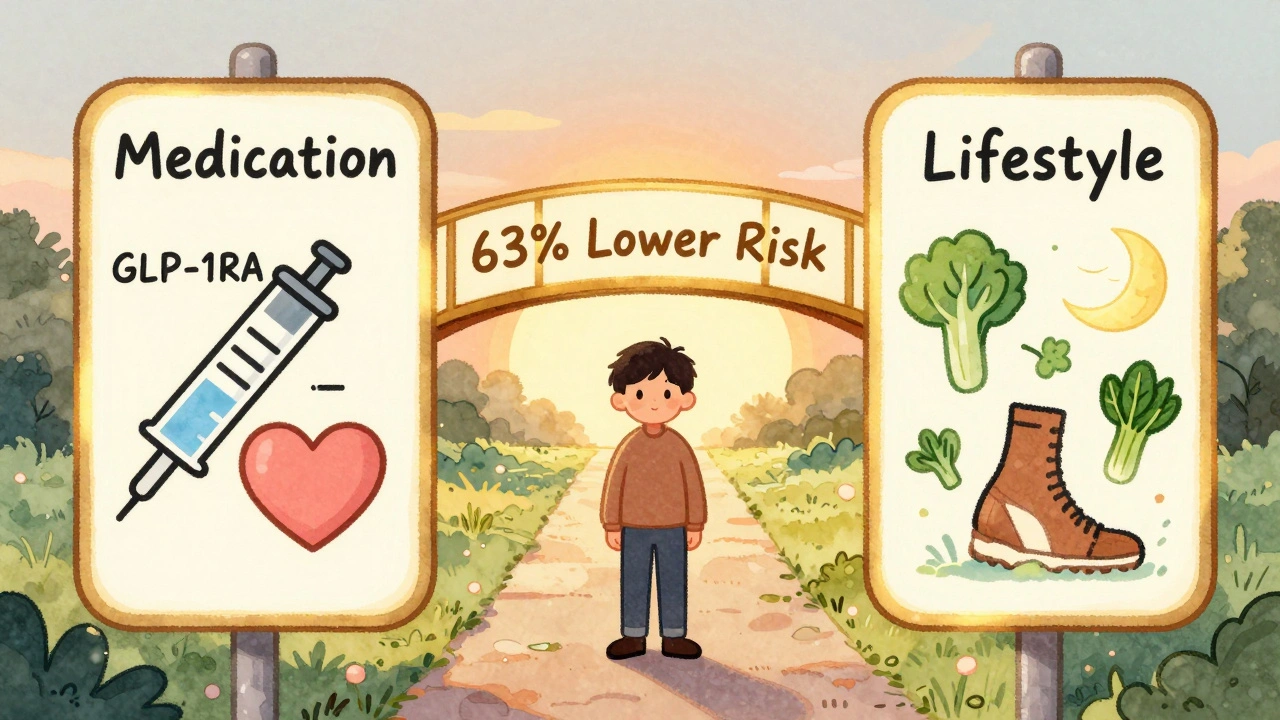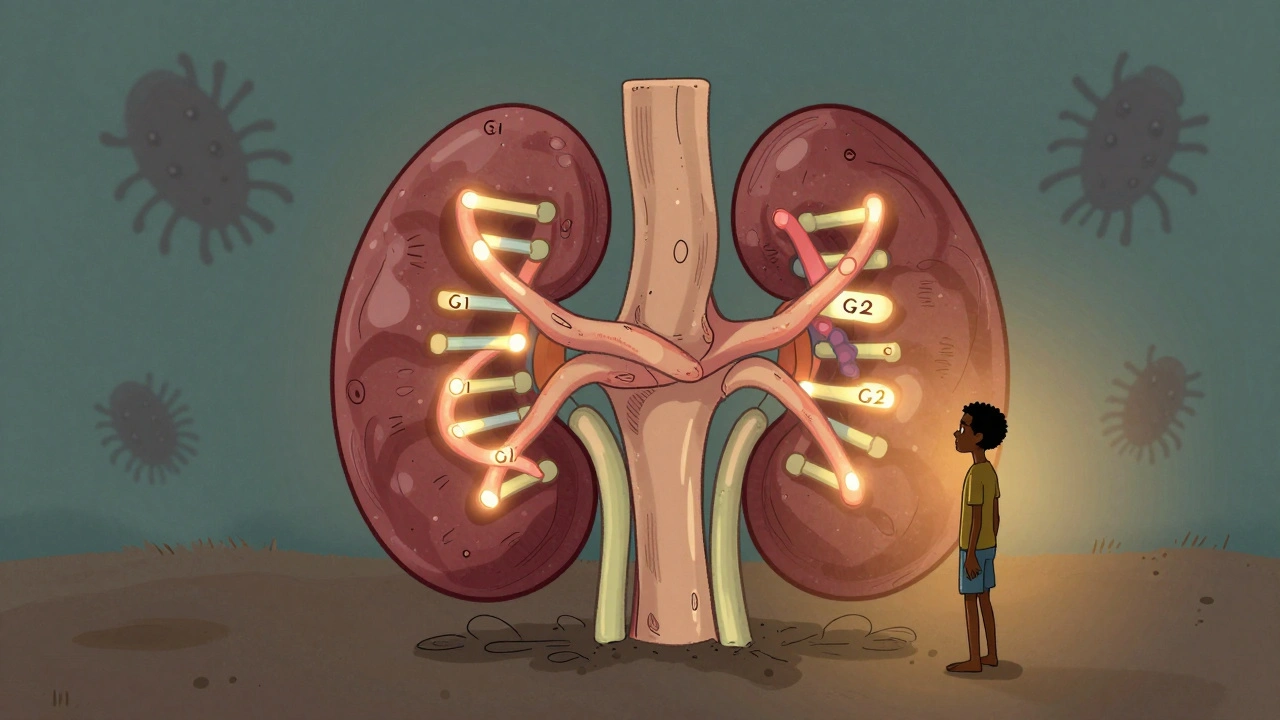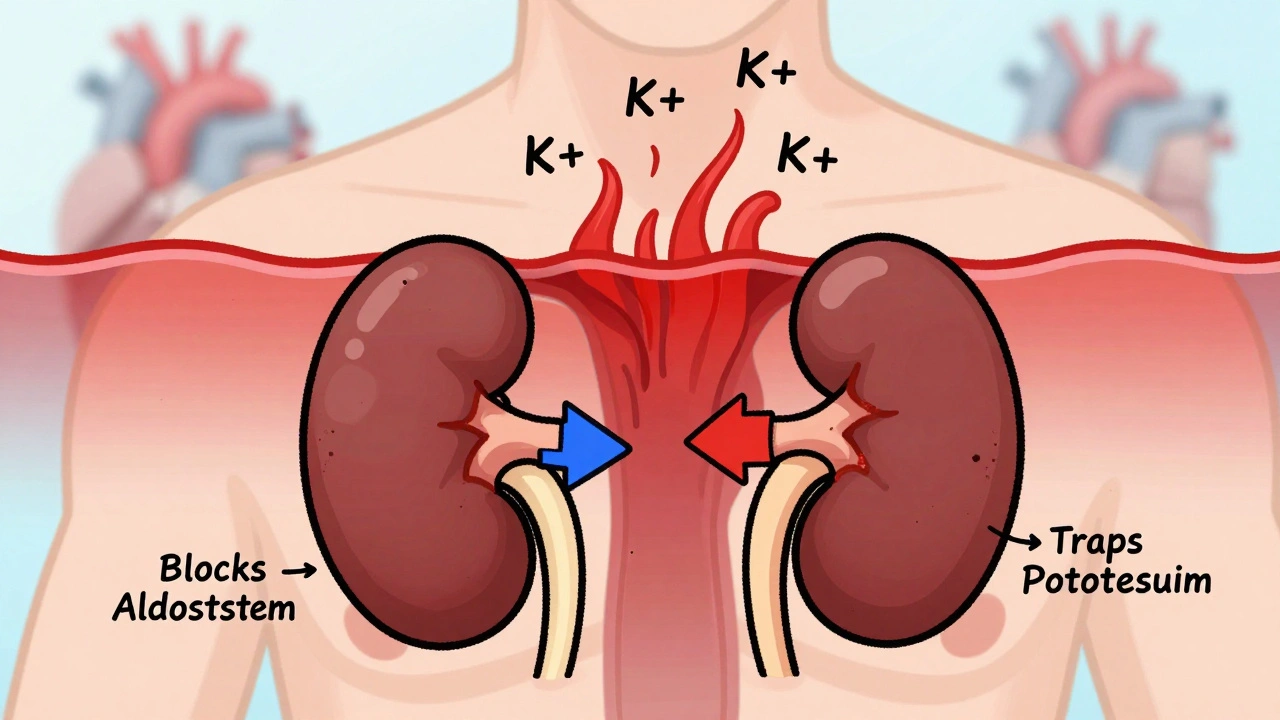Bone Mineral Density: What It Means and Why It Matters
When working with bone mineral density, the amount of mineral matter packed into your bones, measured in grams per cubic centimetre. Also known as BMD, it serves as a key indicator of bone strength and fracture risk.
Keeping bone mineral density healthy starts with the basics: nutrients, movement, and monitoring. calcium, a mineral essential for building and maintaining bone tissue provides the structural framework, while vitamin D, the hormone‑like vitamin that boosts calcium absorption in the gut acts like a delivery driver, ensuring the mineral reaches the skeleton. Together they create a supply chain that directly supports bone mineral density. If the chain falters, the bones become porous and fragile. Regularly checking your levels—through blood tests for vitamin D and dietary reviews for calcium—helps you spot gaps before they affect your BMD.
Why Tracking Bone Mineral Density Matters
One of the biggest threats to a strong skeleton is osteoporosis, a disease characterized by low bone mass and structural deterioration. Osteoporosis essentially lowers the baseline of bone mineral density, making everyday activities risky. The most reliable way to catch early bone loss is a DXA scan, a low‑dose X‑ray test that measures bone mineral density at the hip and spine. This test gives you a concrete number—your T‑score—so you can see whether you’re in the normal range, osteopenic, or already osteoporotic. Knowing your score lets doctors tailor interventions, whether that means a prescription medication, a calcium‑rich diet, or a specific exercise program.
Beyond nutrients and scans, everyday choices play a huge role. Weight‑bearing activities like walking, jogging, or resistance training stimulate bone‑forming cells, effectively telling your body to add more mineral to the framework. Hormones matter too; estrogen, for example, protects bone mineral density, which is why post‑menopausal women often see a rapid decline. Balancing these factors—adequate calcium and vitamin D intake, regular DXA monitoring, and consistent strength‑building exercise—creates a feedback loop that helps maintain or even improve bone mineral density over time. Below you’ll find articles that break down each piece in plain language, give you practical tips, and answer common questions so you can take charge of your bone health.

How Bone Damage Increases Heart Disease Risk - The Surprising Link Explained
Explore the science behind bone damage and heart disease, learn key risk factors, and discover practical steps to protect both your skeleton and your heart.





